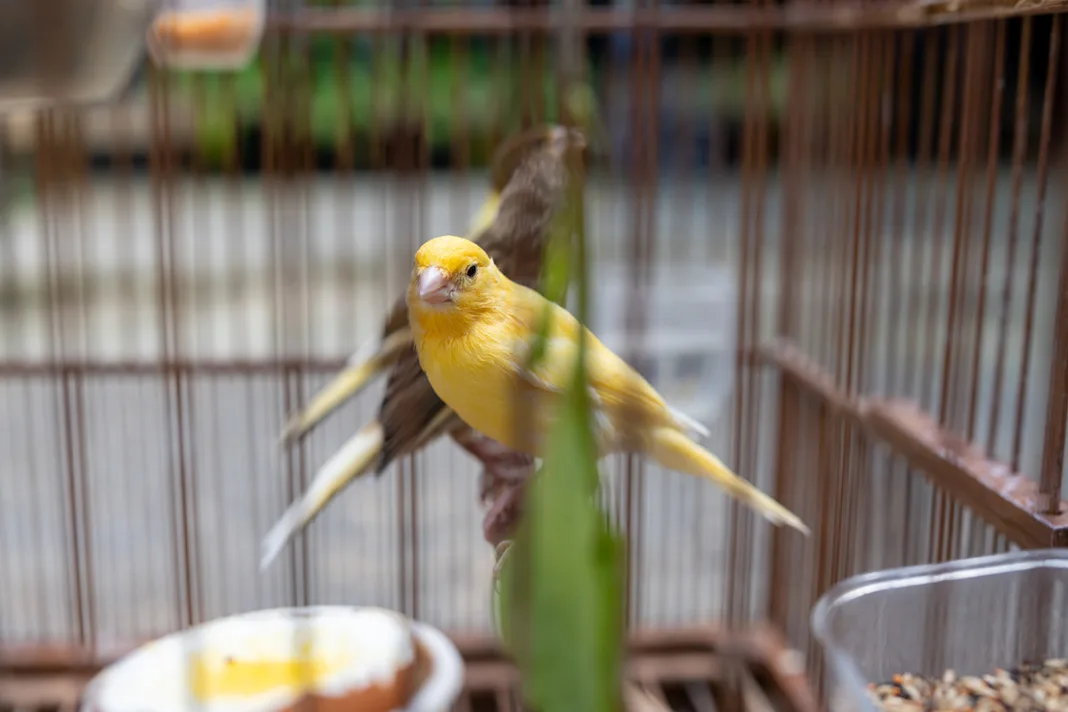Old and rare variety specialist DONALD SKINNER-REID fields some recent enquiries about keeping and breeding canaries
Q Do you give your canaries cuttlefish and grit?
A Donald Skinner-Reid replies: My background in birdkeeping, as a child and teenager, was with budgies; in the 1970s, cuttlefish was a staple as was grit on the cage floor. In the past, I used beach sand as well, but it was a nightmare to clean and it’s no longer legal, so far as I am aware, to remove beach sand. These days I use a compressed, chipped-wood floor covering for my cages. I do not offer grit but I do have cuttlefish in each cage. The birds do consume it and I have never resorted to adding calcium to their water.
Q Which supplements do you offer?
AI really don’t give supplements. I’ve often felt they are a way to spend money but to what purpose I don’t know. During the “quiet” season, I feed a good balanced seed mix with vitamin and mineral pellets in it and the birds seem to be bouncing. I use probiotics (a sprinkle) on softfood during the breeding season although again I am not sure why I buy the probiotics. A decent seed mix and cleanliness in the birdroom seem to me the most important factors. Fertility isn’t an issue for my birds and none are heavily feathered. It seems to work for me.
Q Which green foods do you use?
AThe friend who asked me this had been using lettuce and found it wasn’t helping – watery droppings, etc. For some years I used frozen peas in the softfood mix. The birds enjoyed them a great deal. Then I switched to broccoli and I have noticed no difference. They are very keen on it! I find broccoli easier to deal with since I don’t need to plan ahead. Either works well for me although I favour broccoli – there is less mess.
Q Do you heat your birdroom?
A With the Gibosos, some warmth is useful. They have areas of no feathering and if it gets cold, they show it. Interestingly, the Gibosos that I have reared myself are more resilient to the cold than the original stock. What my birds – all of them – dislike is damp, cold air and in Scotland we get quite a bit of that. So, the birds in the birdroom have the benefit of a small electric attic heater which keeps the chill off the room and lets me work in comfort in the winter. I put the hens (excepting the Gibosos) into an outdoor flight once they have raised their one and only round which I take. Thus, from May until March, unless their water freezes during the day, the hens spend their lives in an outside aviary. Being so visible there, I can watch them come into breeding condition from my kitchen window. I like them having this facility and so long as you keep an eye out for anyone struggling, it is a great way to keep them.
Donald Skinner-Reid is treasurer of the Scots Fancy Specialist Club.
Find more news and articles like this on the Cage & Aviary Birds website. Subscribe to Cage & Aviary Birds magazine now.


